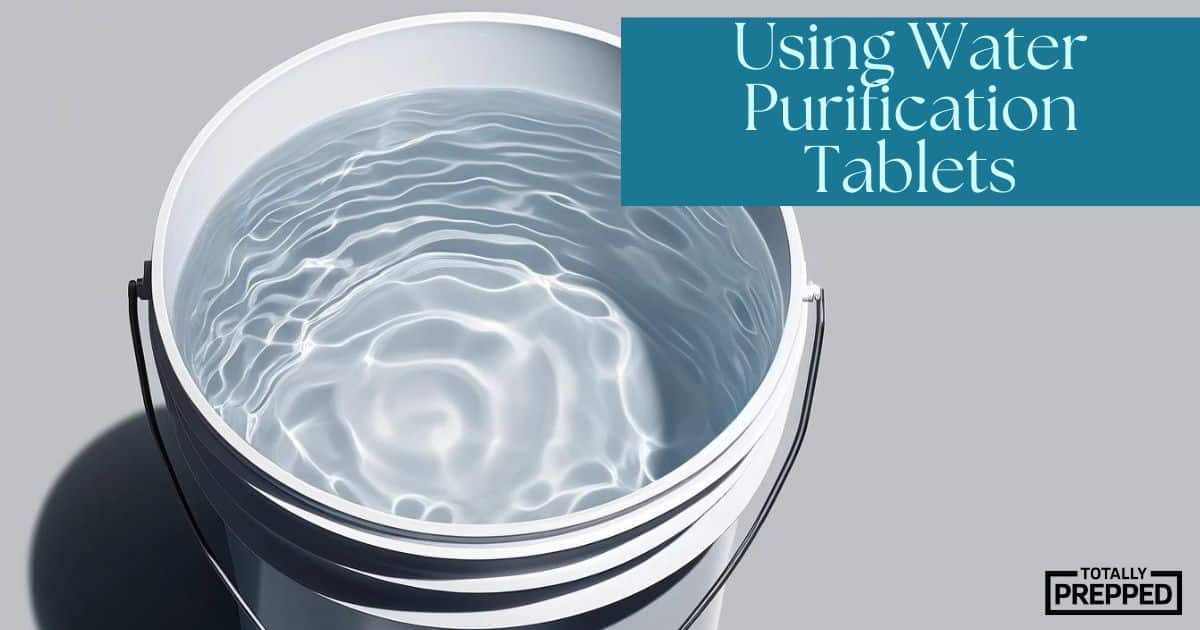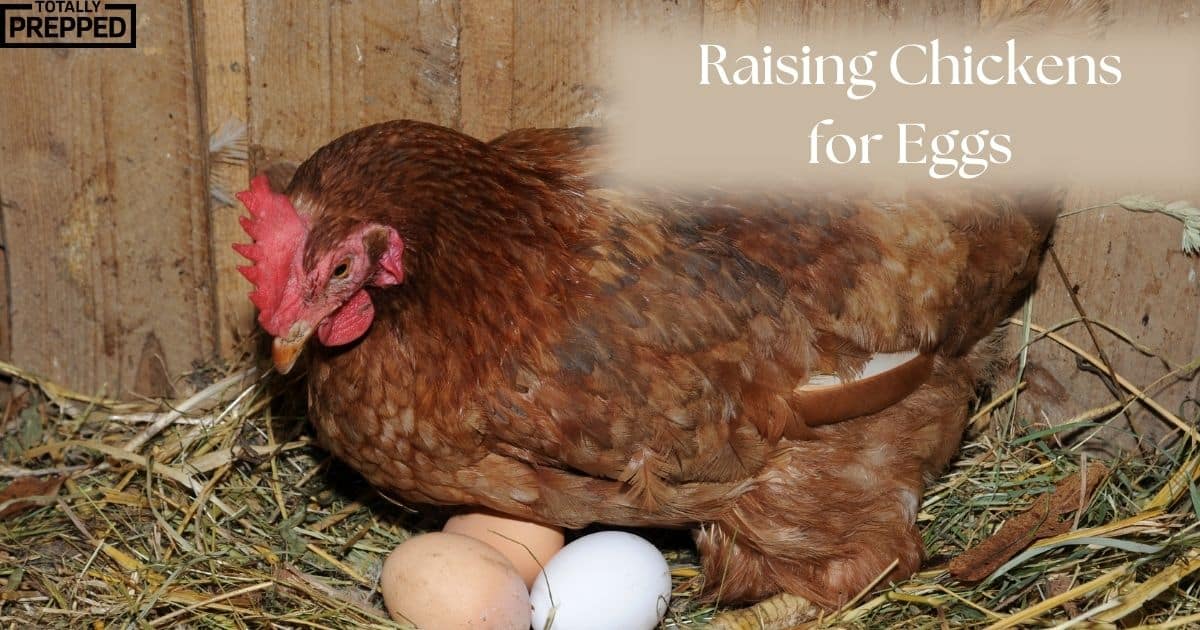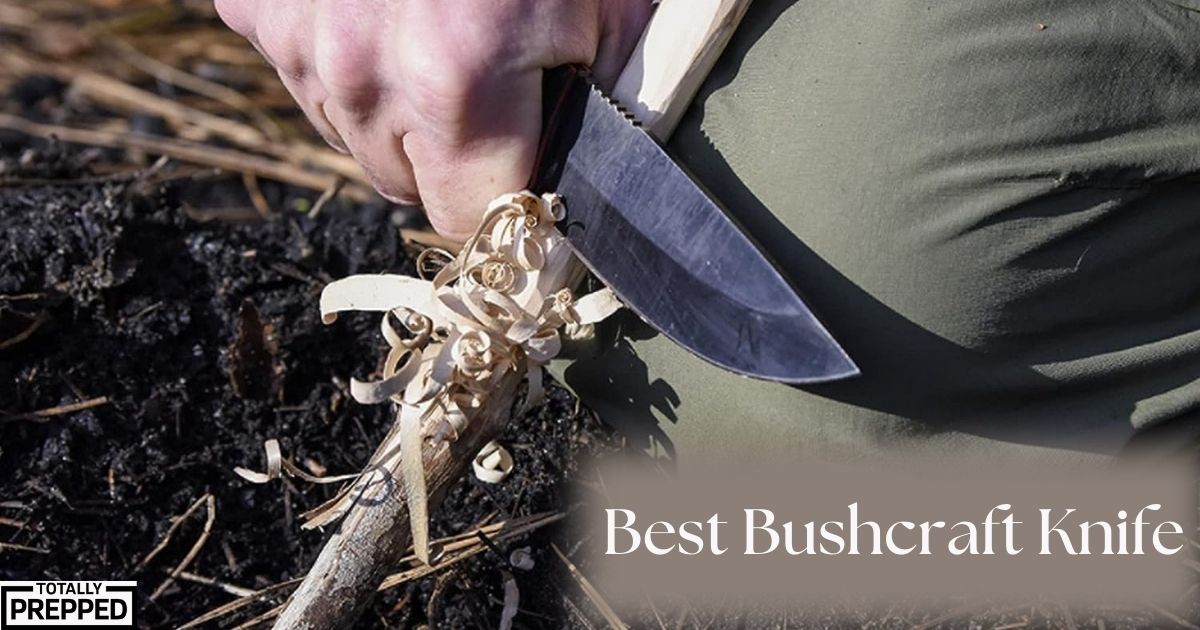Peppers are not just a delicious addition to meals; they’re also a versatile and nutritious staple in any prepper’s pantry. Whether you’re a seasoned gardener or just starting out, cultivating your own peppers can be a rewarding and valuable skill. In this comprehensive guide, we’ll walk you through the process of planting, growing, and preserving peppers, ensuring a bountiful harvest that will last you through any crisis.
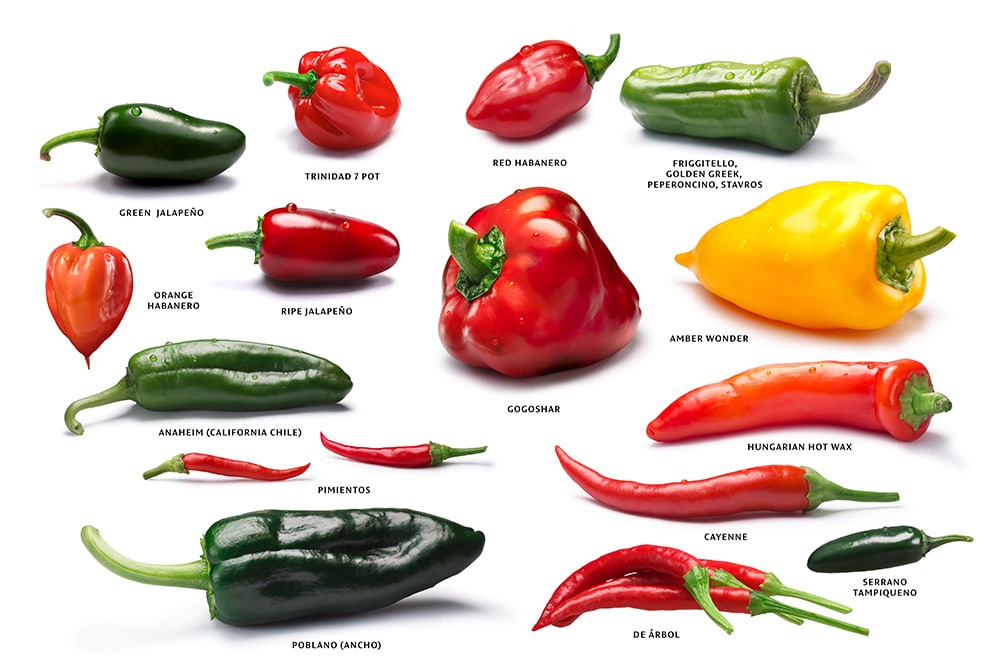 Planting Peppers: Getting Started
Planting Peppers: Getting Started
Before you can enjoy a plentiful pepper harvest, you’ll need to start by planting your peppers. Here are some essential tips to get you started:
Choose the Right Variety: Peppers come in a variety of shapes, sizes, colors, and heat levels. Choose varieties that suit your taste preferences and growing conditions. Some popular options include bell peppers, jalapeños, cayenne peppers, and poblano peppers.
Select a Suitable Location: Peppers thrive in warm, sunny locations with well-drained soil. Choose a spot in your garden or container that receives at least 6-8 hours of sunlight per day and has good air circulation. Peppers can be grown in containers. A 3 or 5 gallon bucket is perfect for growing peppers if you do not have garden space.
Prepare the Soil: Before planting, amend the soil with compost or aged manure to improve fertility and drainage. Peppers prefer slightly acidic soil with a pH of 6.0-6.8.
Start Seeds Indoors: In cooler climates, start pepper seeds indoors 6-8 weeks before the last frost date. Use seed trays or containers filled with seed-starting mix, and keep the soil consistently moist until the seeds germinate.
Transplant Seedlings: Once the weather warms up and all danger of frost has passed, transplant your pepper seedlings into the garden or larger containers. Space plants 18-24 inches apart to allow for adequate growth.
Growing Healthy Pepper Plants
Now that your pepper plants are in the ground, it’s time to ensure they thrive and produce a plentiful harvest. Here are some essential tips for growing healthy pepper plants: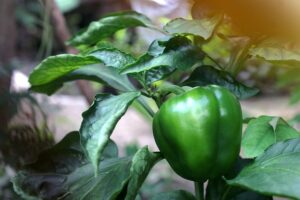
Watering: Keep the soil consistently moist but not waterlogged. Water deeply once or twice a week, depending on weather conditions and soil moisture levels.
Fertilizing: Peppers are heavy feeders and benefit from regular fertilization. Apply a balanced fertilizer high in phosphorus, such as a 5-10-5 NPK ratio, every 4-6 weeks throughout the growing season.
Mulching: Mulch around pepper plants with organic materials such as straw, shredded leaves, or grass clippings to conserve moisture, suppress weeds, and regulate soil temperature.
Supporting: Some pepper varieties, especially those with large fruits or heavy yields, may require support to prevent the plants from toppling over. Use stakes, cages, or trellises to support the plants as they grow.
Pruning: While not necessary, pruning pepper plants can help improve air circulation, reduce disease pressure, and promote fruit production. Pinch off the growing tips of young plants to encourage bushier growth, and remove any damaged or diseased foliage as needed.
Harvesting and Preserving Peppers
As your pepper plants mature, you’ll soon be rewarded with a bountiful harvest of vibrant, flavorful peppers. Here’s how to harvest and preserve your peppers for long-term storage:
Harvesting: Peppers can be harvested at various stages of ripeness, depending on your preference. For green peppers, harvest them when they reach full size but are still green and firm. For colored peppers, such as red, orange, or yellow varieties, allow them to ripen fully on the plant until they reach their desired color and flavor.
Preserving Fresh Peppers: If you have an abundance of fresh peppers, there are several ways to preserve them for later use. You can freeze whole peppers, chop them and freeze them in portions, or pickle them in vinegar for a tangy condiment.
Drying Peppers: Drying peppers is another excellent way to preserve them for long-term storage. Simply string whole peppers together with needle and thread and hang them in a warm, well-ventilated area until they are completely dry and leathery. Alternatively, you can use a dehydrator to speed up the drying process.
Canning Peppers: Canning is a popular method for preserving peppers and extending their shelf life. You can can peppers whole, sliced, or diced in water, vinegar, or brine-based solutions. Follow approved canning recipes and techniques to ensure safe preservation.
Conclusion: Enjoying the Fruits of Your Labor
In conclusion, planting, growing, and preserving peppers is a rewarding endeavor that offers both culinary delights and practical benefits for preppers. By following these tips and techniques, you can cultivate a thriving pepper garden and enjoy a bountiful harvest that will sustain you through any emergency or crisis. So roll up your sleeves, get your hands dirty, and start growing your own peppers today. With a little effort and know-how, you’ll soon be enjoying the fruits of your labor – literally!

